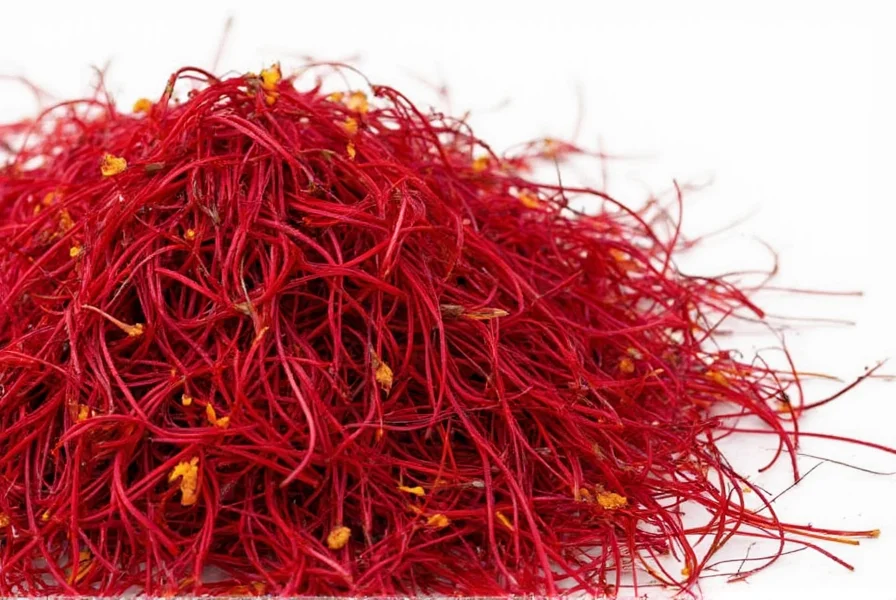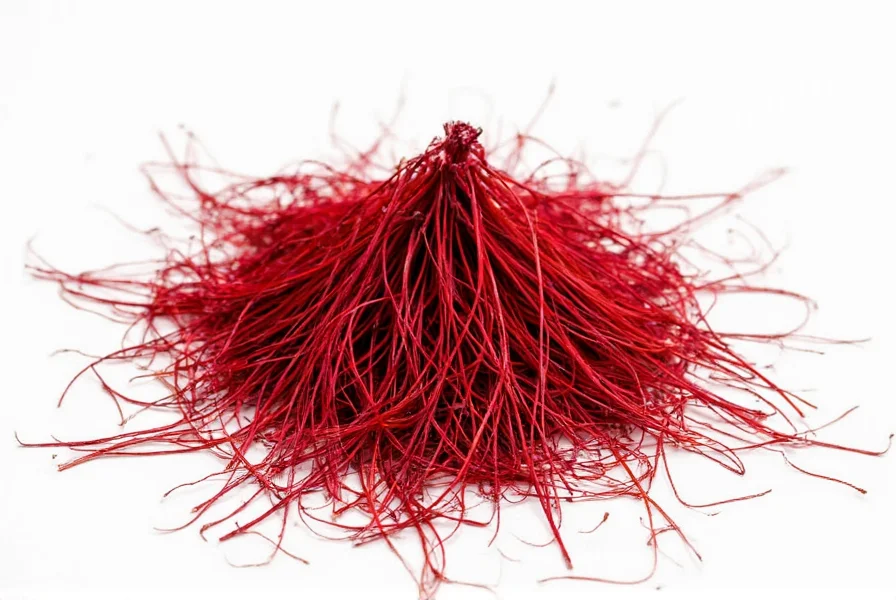Saffron's extraordinary value stems from its labor-intensive harvesting process and distinctive flavor profile. The Crocus sativus, commonly called the saffron crocus, blooms for only one to two weeks each autumn. During this narrow window, farmers must harvest the flowers by hand at dawn before the sun opens the blooms. Each flower contains just three precious crimson stigmas that become the saffron threads we use in cooking and traditional medicine.
The Botanical Background of Saffron Crocus
The saffron crocus (Crocus sativus) is a sterile triploid that cannot reproduce naturally, making cultivation entirely dependent on human intervention. Unlike other crocus varieties that multiply through seeds, saffron crocus bulbs must be manually divided and replanted every few years. This unique biological characteristic contributes significantly to saffron's rarity and cost.

Harvesting Process: Why Saffron Commands Premium Prices
Understanding how saffron is harvested from crocus flowers reveals why it remains the world's most expensive spice. The process involves three meticulous steps:
| Harvesting Stage | Time Required | Yield |
|---|---|---|
| Flower collection | Pre-dawn hours only | 150,000 flowers per acre |
| Stigma extraction | Same day as harvest | 3 stigmas per flower |
| Drying process | Several hours | 80-85% weight loss |
This intensive process explains why saffron is the most expensive spice globally. It takes about 40 hours of labor to produce just one ounce of dried saffron threads. The flowers must be harvested at precisely the right moment—too early and the stigmas won't have developed fully; too late and the flowers wilt, making extraction difficult.
Identifying Quality Saffron Threads
When evaluating saffron, look for these quality indicators to ensure you're getting authentic product:
- Color intensity: High-quality saffron displays deep red threads with minimal yellow style
- Aroma profile: Should have a distinctive hay-like fragrance with subtle metallic notes
- Water test: Genuine saffron slowly releases golden-yellow color in warm water (not instant)
- Thread integrity: Whole threads maintain structure rather than crumbling to powder
Be wary of products labeled as "saffron" that appear too inexpensive, as this often indicates adulteration with safflower, turmeric, or other substitutes. Understanding how to identify authentic saffron threads protects consumers from fraudulent products.
Culinary Applications and Flavor Chemistry
Saffron's unique flavor comes from three key compounds: picrocrocin (bitterness), safranal (aroma), and crocin (color). When properly used, it imparts a distinctive floral-honey note with subtle earthy undertones. Chefs recommend using saffron in cooking recipes by:
- Crushing threads gently with a mortar and pestle
- Steeping in warm liquid (not hot) for 15-20 minutes
- Adding both threads and liquid to dishes near the end of cooking
Only a few threads (about 20) are needed to flavor four servings of paella or risotto. Overuse creates bitterness, while proper application delivers saffron's characteristic golden hue and complex flavor without overpowering other ingredients.
Proper Storage Techniques for Maximum Shelf Life
To maintain saffron's volatile compounds, follow these storing saffron properly guidelines:
- Keep in airtight container away from light and moisture
- Store in cool, dark place (not the refrigerator)
- Use within 6 months for peak flavor (though safe indefinitely)
- Never store near strong-smelling spices that could affect aroma
When stored correctly, saffron maintains its potency for culinary applications while preserving the delicate chemical compounds responsible for its distinctive characteristics.
Common Misconceptions About Saffron
Several myths persist about this precious spice. Many believe saffron cultivation and harvesting process occurs year-round, but the flowering season lasts merely 2-3 weeks annually. Others assume the entire crocus flower is used, when in reality only the three red stigmas become saffron threads. Understanding these facts helps consumers appreciate why genuine saffron commands premium pricing in the global spice market.
Conclusion: The Enduring Value of Saffron
The journey from crocus sativus flower spice to your kitchen exemplifies nature's most labor-intensive agricultural process. Each thread represents not just botanical rarity but centuries of cultivation tradition. As consumers become more educated about authentic saffron characteristics, the market continues to reward quality over counterfeit alternatives. Whether used in traditional Spanish paella, Persian rice dishes, or Scandinavian baked goods, genuine saffron remains unmatched for its flavor complexity and vibrant color.
What makes saffron the most expensive spice in the world?
Saffron's high cost comes from its extremely labor-intensive harvesting process. Each Crocus sativus flower produces only three stigmas that must be hand-picked at dawn during a short two-week blooming period. It takes approximately 75,000 flowers to yield just one pound of dried saffron threads, requiring about 40 hours of labor per ounce.
How can I tell if saffron is authentic or adulterated?
Authentic saffron threads should be deep red with minimal yellow style attached. Perform a water test: genuine saffron slowly releases golden-yellow color in warm water over 15-20 minutes (not instantly). Adulterated products often contain safflower or turmeric which bleed color immediately. Real saffron has a distinctive hay-like aroma with subtle metallic notes.
What's the proper way to use saffron in cooking?
For best results, gently crush saffron threads with a mortar and pestle, then steep in warm (not hot) liquid for 15-20 minutes before adding to your dish. Use only a few threads (about 20) per four servings. Adding both the threads and infused liquid near the end of cooking preserves saffron's delicate flavor compounds without creating bitterness.
How should I store saffron to maintain its quality?
Store saffron in an airtight container away from light, moisture, and heat. Keep it in a cool, dark place (not the refrigerator) to preserve its volatile compounds. Properly stored saffron maintains peak flavor for about 6 months, though it remains safe indefinitely. Never store near strong-smelling spices that could affect its delicate aroma.
Frequently Asked Questions
What makes saffron the most expensive spice in the world?
Saffron's high cost comes from its extremely labor-intensive harvesting process. Each Crocus sativus flower produces only three stigmas that must be hand-picked at dawn during a short two-week blooming period. It takes approximately 75,000 flowers to yield just one pound of dried saffron threads, requiring about 40 hours of labor per ounce.
How can I tell if saffron is authentic or adulterated?
Authentic saffron threads should be deep red with minimal yellow style attached. Perform a water test: genuine saffron slowly releases golden-yellow color in warm water over 15-20 minutes (not instantly). Adulterated products often contain safflower or turmeric which bleed color immediately. Real saffron has a distinctive hay-like aroma with subtle metallic notes.
What's the proper way to use saffron in cooking?
For best results, gently crush saffron threads with a mortar and pestle, then steep in warm (not hot) liquid for 15-20 minutes before adding to your dish. Use only a few threads (about 20) per four servings. Adding both the threads and infused liquid near the end of cooking preserves saffron's delicate flavor compounds without creating bitterness.
How should I store saffron to maintain its quality?
Store saffron in an airtight container away from light, moisture, and heat. Keep it in a cool, dark place (not the refrigerator) to preserve its volatile compounds. Properly stored saffron maintains peak flavor for about 6 months, though it remains safe indefinitely. Never store near strong-smelling spices that could affect its delicate aroma.











 浙公网安备
33010002000092号
浙公网安备
33010002000092号 浙B2-20120091-4
浙B2-20120091-4